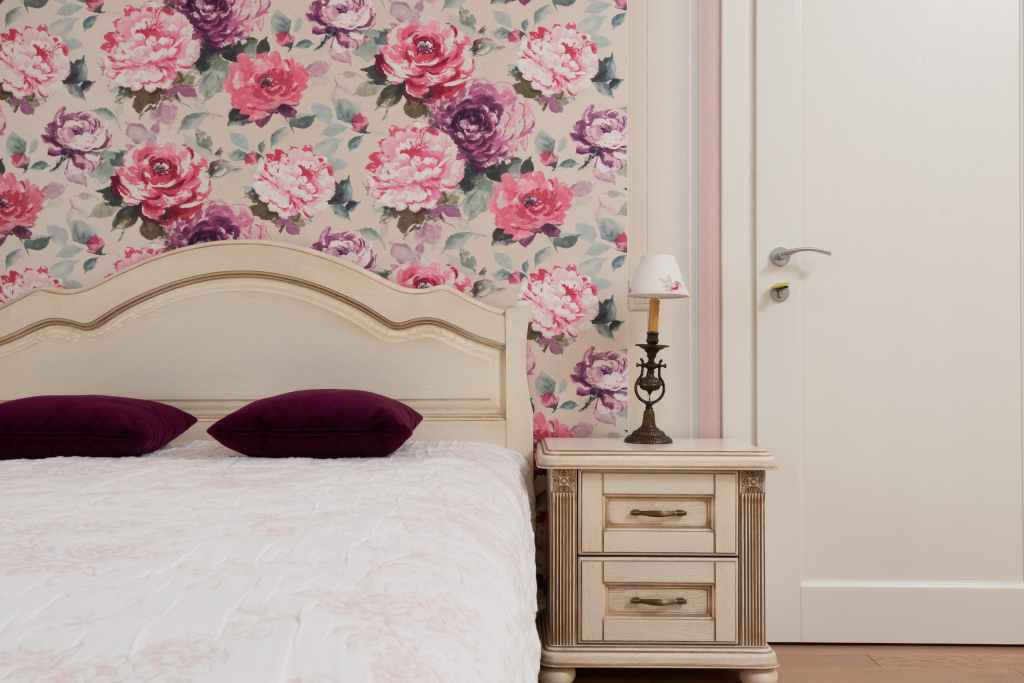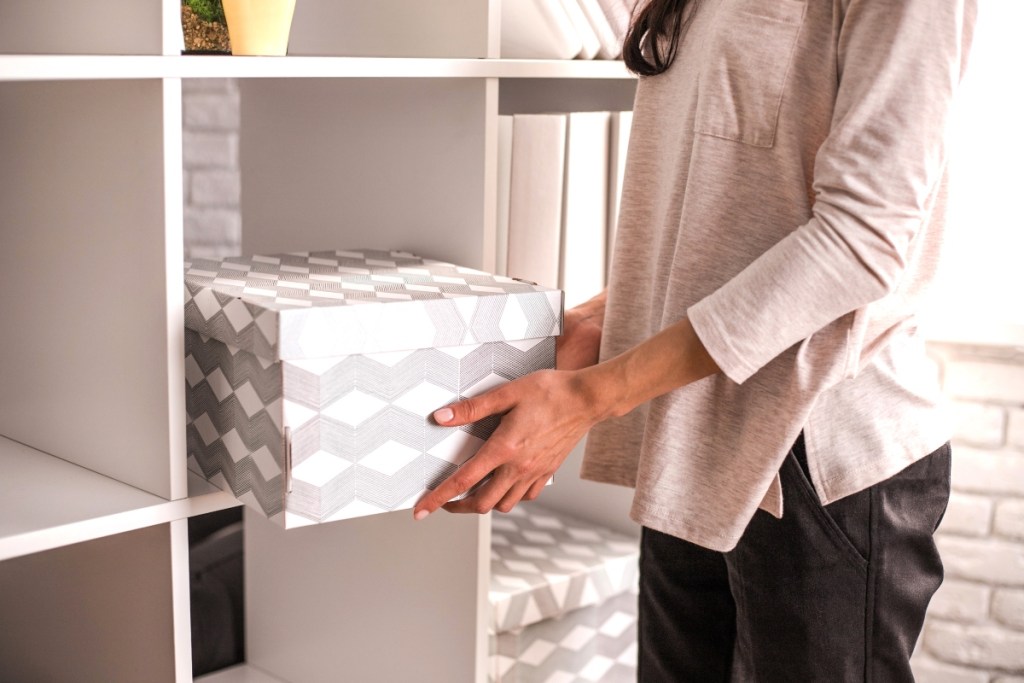Finding the things you need when you need them in a cluttered house can be difficult. A messy home can also create unsanitary conditions — lingering dirt, dust, mold, and other allergens can harm your family’s health. All in all, living a disorganized life often leaves you feeling mentally drained, can affect your physical health, and even increase anxiety.
Clearing out the mess and getting organized can improve your quality of life in many ways, and getting the motivation to tackle this overwhelming task is the first step. Here are some tips to help you overcome your pre-cleaning anxiety and get started.
Step 1: Think about the problem and potential solutions.
The first step may be to ask yourself why your house is messy. It may be because you and other members of your family never developed a clear organizational system or possibly because you accumulated a lot of stuff over the years but didn’t get rid of the unnecessary or unused things. Understanding the source of the problem can help you figure out how to address it and prevent it from recurring in the future.
Envision how you want the house to look, and write or draw it out if it helps. By walking into the task with a clear goal, you can focus your efforts on the parts of your home that need the most TLC.

Step 2: Set realistic goals.
Even if you’re motivated and ready to tidy up, you won’t get it all done in one day. And that’s okay. Trying to do too much at once can leave you feeling exhausted. Additionally, setting unrealistic goals and not meeting them may make you feel that you failed, diminishing your desire to continue.
Figure out how much time you can spend decluttering, cleaning, and organizing. If you can’t devote several hours to it on a single day, break the project down into smaller blocks of time. Even 15 minutes a day can result in substantial progress.
Step 3: Figure out what should go.
Go from room to room with trash bags and throw away food wrappers, old newspapers and magazines, and anything that’s damaged or no longer needed. Be sure to shred any unneeded sensitive documents to protect your and your family’s information. This initial step alone may eliminate a significant amount of the mess in a short period of time.
Now that the obvious pieces of trash are out of the way walk through your house looking for clothes, shoes, children’s toys, small appliances, and other items that the family no longer uses. If they’re still in good shape, consider selling them at a garage sale or donating them to a local nonprofit organization.

Step 4: Devise an organizational system that works for your family.
Every family and home is different, so there isn’t a one-size-fits-all strategy for organizing. It should be a personalized system that fits your lifestyle. Sit down with the entire household to discuss their needs and daily schedules to develop a solution that works for everyone. Instead of imposing your tidying strategy on others, get everyone involved in the process and frame it as a team effort. This makes it more likely that everyone will stick to the plan.
Tackle one room at a time. Think about how members of your family use the space and organize it accordingly. For example, if several people share a bathroom and the shower is crowded with bottles of shampoo, conditioner, and body wash, give each family member a plastic container to hold their toiletries. They can keep their containers in the bathroom if there is enough space. If not, they can store their toiletries in their bedrooms and carry them to the bathroom as needed.
Storage containers are a must-have item when keeping your pantry, closets, and garage organized. Pull everything out of the cabinets and start from scratch, replacing your items carefully according to categories of your choosing. Use containers to keep like items together, and be sure to label them to find and replace items with ease.
Adding storage solutions wherever possible is key in every room, so consider installing shelves, over-the-door storage, or hooks on a wall.
Step 5: Make sure everyone understands and follows the new system.
To establish new habits and keep your house organized, practice clear communication with every member of your family about where things belong. If you find your family is having trouble sticking to the system, sit back down and work together to create a more intuitive or easy-to-follow solution. With a little collaboration and tough love, your loved ones will soon develop new habits and routines to keep your home spick and span.




